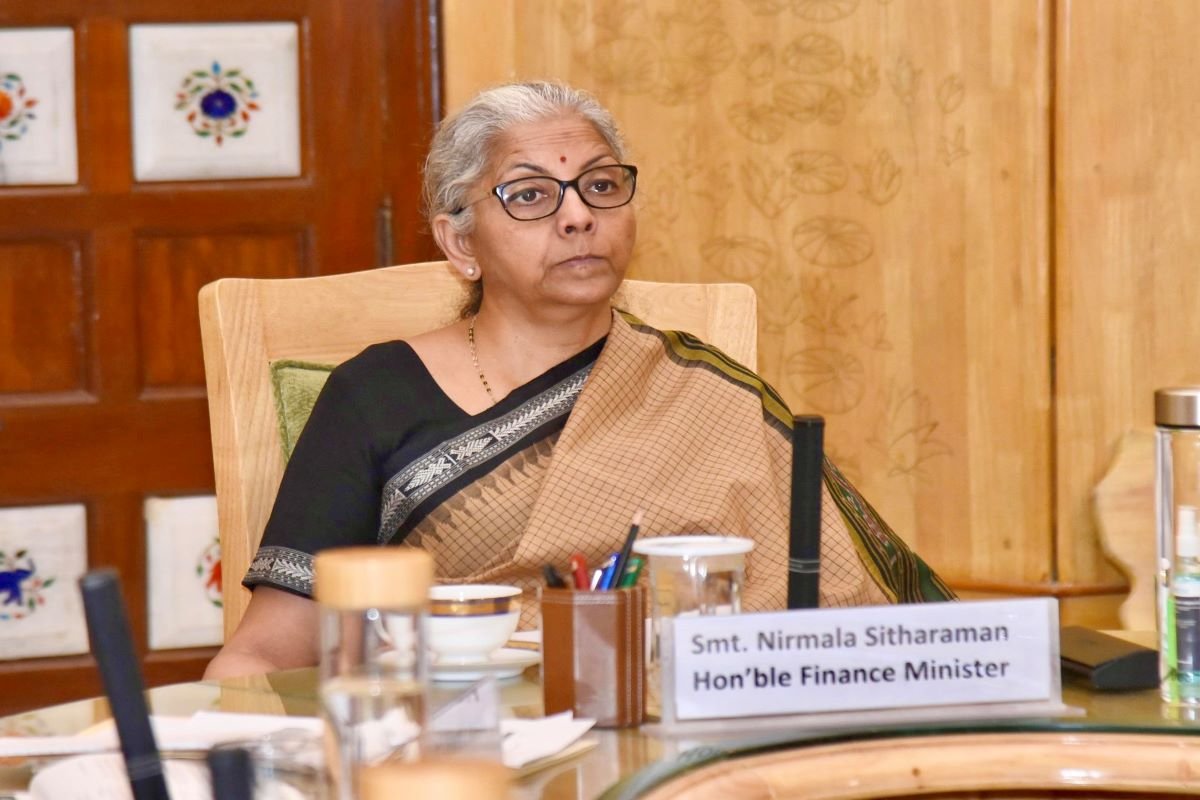Recent Posts
India’s Financial System Strong, FM Tells Banks to Remain Vigilant

India’s financial landscape has witnessed significant transformations over the past decade. With concerted efforts from regulatory bodies, financial institutions, and the government, the country has built a resilient financial system. Recently, Finance Minister Nirmala Sitharaman emphasized the importance of continued vigilance among banks, even as the financial system demonstrates robust health. This article delves into the current state of India’s financial system, the rationale behind the Finance Minister’s advisory, and the path forward for financial institutions.
The Current State of India’s Financial System
Strengthened Balance Sheets
Indian banks have made remarkable progress in strengthening their balance sheets. The Reserve Bank of India (RBI) reported that the gross non-performing assets (GNPA) ratio of scheduled commercial banks fell to a multi-year low of 2.8% at the end of March 2024 . This decline signifies improved asset quality and effective credit risk management.
Capital Adequacy and Profitability
The capital to risk-weighted assets ratio (CRAR) and the common equity tier 1 (CET1) ratio of scheduled commercial banks stood at 16.8% and 13.9%, respectively, at end-March 2024 . These figures indicate that banks are well-capitalized, providing a buffer against potential financial shocks. Moreover, profitability has seen consistent improvement, with banks reporting increased earnings over the past six years .
Non-Banking Financial Companies (NBFCs)
NBFCs have also showcased resilience, with a CRAR of 26.6%, GNPA ratio at 4.0%, and return on assets (RoA) at 3.3% as of March 2024 . These metrics reflect the sector’s robust health and its crucial role in financial intermediation.
Finance Minister’s Advisory: The Need for Vigilance
Despite the positive indicators, Finance Minister Nirmala Sitharaman has urged banks to remain vigilant. Her advisory encompasses several key areas:
Cybersecurity Concerns
With the increasing digitization of banking services, cybersecurity has become paramount. The Finance Ministry has asked public sector banks to align their digital and cybersecurity frameworks with industry best practices to protect customers and ensure operational continuity .
Lending to Priority Sectors
The Finance Minister emphasized accelerating the pace of lending to agriculture and Micro, Small, and Medium Enterprises (MSMEs). These sectors are vital for inclusive economic growth, and enhanced credit flow can stimulate development and employment generation .
Technological Advancements and Risk Management
The integration of technologies like Artificial Intelligence (AI) and Machine Learning (ML) in banking operations offers opportunities for efficiency and fraud detection. However, it also necessitates robust risk management frameworks to mitigate potential disruptions .
RBI’s Perspective on Financial Stability
RBI Governor Shaktikanta Das has echoed the Finance Minister’s sentiments, highlighting the importance of proactive measures to sustain financial stability. He emphasized that while the financial system is currently strong, continuous vigilance is essential to navigate emerging risks, including cyber threats, climate change, and global economic uncertainties .
Stress Testing and Preparedness
The RBI’s macro stress tests for credit risk reveal that scheduled commercial banks would be able to comply with minimum capital requirements even under severe stress scenarios. This resilience underscores the effectiveness of regulatory frameworks and the banks’ preparedness to withstand economic shocks .
Recent Posts
Categories
- Actor4
- Actress7
- Bank4
- Biography2
- Bollywood4
- Business10
- Company9
- cricket5
- Economy23
- Education6
- Entertainment48
- External Affairs Defence Security1
- Finance1
- Football1
- Health1
- Hollywood2
- Home1
- India70
- india9
- Industry6
- Latest News53
- lifestyle1
- maharashtra1
- market4
- Politicians13
- Politics29
- Press Release287
- Social8
- Sports28
- Stock Marekt18
- Technology25
- Tollywood2
- World40
- world17
Related Articles
MEIL secures bid for India’s first private strategic petroleum reserve
Straightforward Business Report Megha Engineering & Infrastructures Ltd (MEIL) has secured a...
ByNewsium DeskSeptember 16, 2025“Karnataka Secures ₹12 Trillion Investments, Study Finds”
Karnataka has emerged as one of India’s leading destinations for large-scale domestic...
ByNewsium DeskSeptember 4, 2025India’s Forex Reserves Dip $3B to $699.7B: RBI Data
Introduction India’s foreign exchange reserves — often regarded as a cushion against...
ByNewsium DeskJuly 11, 2025KM Birla: US Commerce Secretary ‘Very Positive’ on India-US Ties
Introduction In recent developments, Kumar Mangalam Birla, Chairman of the Aditya Birla...
ByNewsium DeskJune 3, 2025















Leave a comment